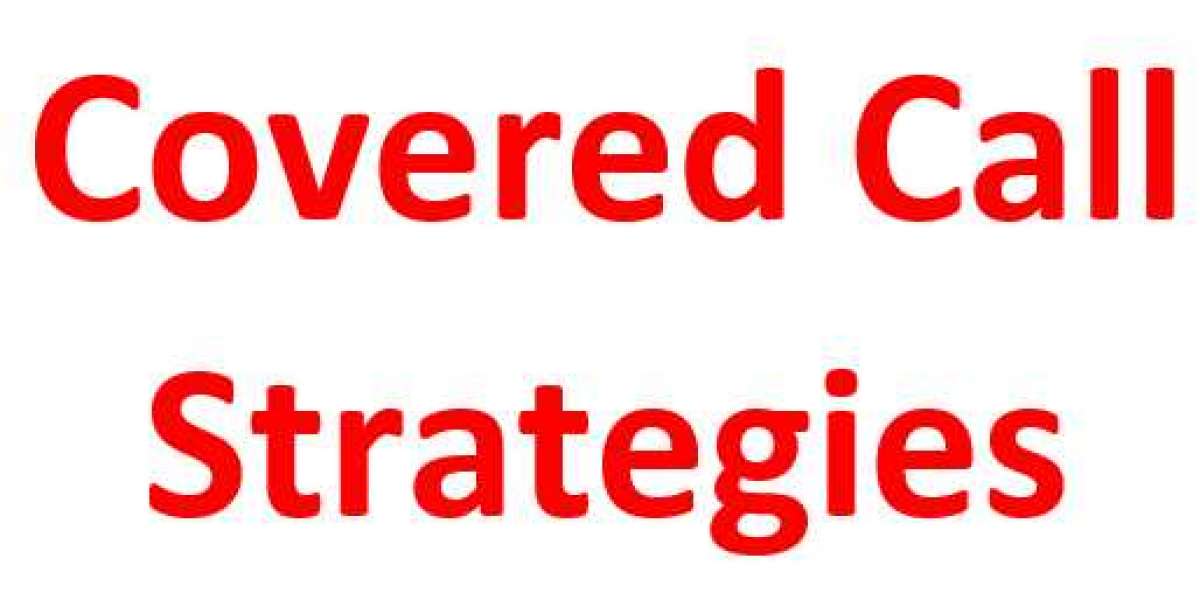A covered call is when a long investor sells call options on the same security in which he or she owns an equivalent amount of shares. It’s a strategy investors may use to generate income while waiting for the price of an underlying security to rise. However, there are some key things to know before trying this strategy.
Understanding Covered Call Option
Covered call option are a popular options strategy used to generate income in the form of options premium. However you can only write a call option on a stock that you own, so they are considered covered as you already have shares in your portfolio. This strategy is often used when an investor has a short-term neutral view on the asset and for this reason, holds the asset long and simultaneously has a short position via the option to generate income from the option premium.
Covered call writing strategies are successfully employed by investors to generate income for an extended period of time. An investor who holds a stock that is in-between price swings and expects a long-term gain from their investment can use this strategy to generate income for their account while they wait.
Covered Calls are a common options strategy that generates income in the form of options premium. They are initiated by holding a long stock position and selling (or writing) a call option on that same position. For example, an investor owns 1000 shares of ABC stock and writes 10 call options on ABC with a strike price of $10, expiring in 3 months. This would be considered a Covered Call because the investor can fulfill their obligation to buy 100 shares of ABC if the option was exercised (10 contracts x 100 shares per contract).
A covered call option strategy is a conservative income-oriented options strategy that is used when the investor expects little or no change in the price of the underlying asset. By writing or selling, a call option on an existing stock position, the investor can collect the premium paid by the buyer of the call option. This additional income may improve net returns on an underlying stock position, but it also caps any potential gains on that underlying stock position.
Special Considerations For Covered Call Options
The maximum profit of a covered call is the potential upside of the stock between the current price and the strike price, plus the premium received for the options sold. For example, if an investor writes a $100 call on a stock trading at $10 and receives a premium of $1.00, their maximum potential profit is $1.00 plus a $10 appreciation of the stock.
A short call spread is a strategy involving the sale of one call option and the purchase of another call option with a higher strike price. The maximum profit of this strategy is equal to the amount of premium received for the options sold since all other options expire worthlessly. The maximum loss, on the other hand, is equivalent to the purchase price of the underlying stock less the premium received. This is because the stock could potentially drop to zero, in which case all you would receive is the premium for the options sold.







